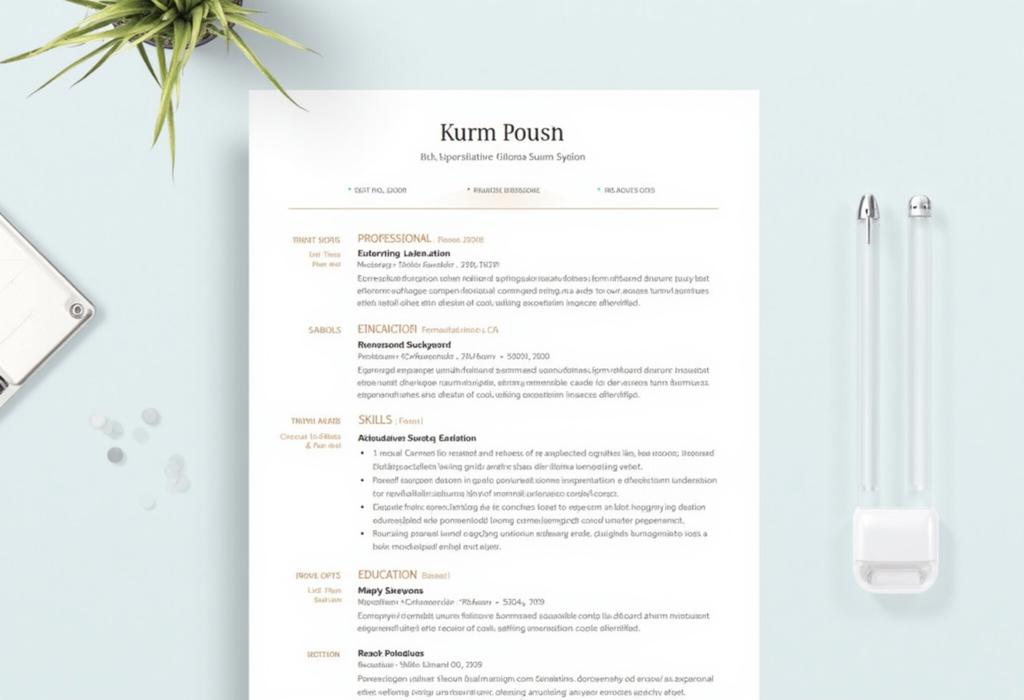For more details on this content, please review the step-by-step guide and frequently asked questions.
How to Craft a Compelling Resume

Step-by-Step Guide
Understand the Purpose of a Resume
A resume is a personal marketing tool that provides a summary of your work experience, education, skills, and achievements. Understand that its main purpose is to convince the employer to invite you to an interview.
Choose the Right Resume Format
There are several resume formats (reverse chronological, functional, and combination) to choose from. Select one that best highlights your qualifications and suits the job you’re applying for.
Create a Strong Header
Your resume should begin with a strong header that includes your name, phone number, email address, and LinkedIn profile (if applicable). Ensure this information is easy to find at the top of your resume.
Write an Engaging Summary or Objective
Write a 2-3 sentence summary or objective that captures your career goals and key qualifications. Tailor this section to match the job description.
Detail Your Work Experience
List your work experience in reverse chronological order. Include your job title, employer’s name, dates of employment, and a bullet-point list of your accomplishments and responsibilities in each role.
Highlight Your Education
Include your highest degree first, followed by any relevant certifications or courses. Mention the name of the institution, degree obtained, and graduation date.
Showcase Relevant Skills
Create a section to list your relevant skills. Include both hard and soft skills that are specifically mentioned in the job description.
Include Additional Sections (if applicable)
Depending on your background, consider adding sections for volunteer work, hobbies, publications, or professional affiliations that may enhance your qualifications.
Tailor Your Resume for Each Job Application
Customize your resume to match each job application by including keywords from the job listing and rearranging content based on the job’s emphasis.
Proofread and Edit Your Resume
Check for spelling, grammar, and formatting errors. It’s advisable to have someone else review your resume for feedback and to ensure clarity.
Use Action Verbs
Utilize strong action verbs to describe your experiences (e.g., Developed, Managed, Created, Achieved). This helps in portraying your accomplishments more vividly.
Keep it Concise
Aim for a concise resume that is ideally one page long. If you have extensive experience, a two-page resume may be acceptable but prioritize relevant information.
Format for Readability
Use a clean layout with appropriate headings and bullet points. Avoid clutter and keep fonts professional. Make sure there’s plenty of white space for easy reading.
Save in the Right Format
Save your resume in both PDF and Word format unless otherwise specified. PDFs maintain formatting across devices, while Word files may be editable by hiring managers.
Prepare for the Interview
Once your resume is sent out, anticipate questions related to your resume in interviews. Know your resume inside out and be ready to discuss your experiences and achievements.








